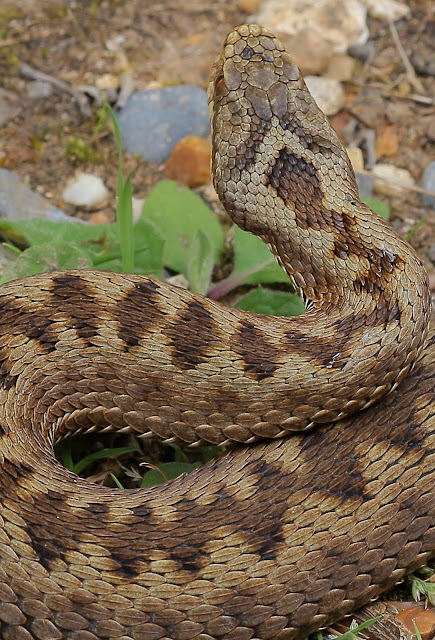The Long-horned Bee has become very rare in Britain with most known sites being confined to the south/southwest coast, of England and Wales with a few inland sites, which are even rarer. Ref. Buglife. Find out more on, www.buglife.org.uk
They are very sociable Bees even though they are solitary insects. Only the males have the long antenna from which they get their name, the females have much shorter antennas.
The nest sites are found in bare soil, banks, cliff faces, ditches and sparse vegetation etc.
Young males have golden coloured hairs on the back of the thorax, whilst older males have white hairs covering the back of their thorax. Females also have golden coloured hairs covering the back of their thorax.
Old male Long-horned Bee.
Young male Long-horned Bee.
Female Long-horned Bee.
Female Long-horned Bee
On an inland site in the South-east of England that i have been monitoring, i found 34 nest entrances by watching the females coming and going. The nest site was on flat ground, in mainly sparse vegetation and a small amount of naked soil. The first nest entrance was found on 2nd June and the last one on 17th July and, with two of the nest entrances being found 14-15 metres away from the main site.
I watched the males continually flying low over the proposed nest site before any excavation had even taken place. Younger male would sometimes hit the older males in flight, rolling them over on the ground, then flying off.
A young male Long-horned Bee flying over the proposed nest site
The first of four photos depicting a young male rolling over an older male.
A female Long-horned Bee busy digging one of the many tunnels at this site on 8th July.
The nest site of the Long-horned Bee.
Several of the nest entrances had two tunnels leading off the main entrance to the egg chambers, which were opposite each other and, were used by at least two individual females. On one occasion i watched a female enter a nest entrance, only to be removed, physically by another female using the same tunnels.
The first of five photos depicting the removal of a female Long-horned Bee by another female.
Photo 2
Photo 3
Photo 4
Photo 5, the last in the sequence.
A nest entrance in sparse vegetation. The high majority of the nest entrances were very tidy and circular like this one.
A nest entrance in amongst grass and moss.
Two nest holes in sparse vegetation.
A female Long-horned Bee entering another of the 34 nest entrances.
Another nest entrance that is not so rounded, [which was not a typical entrance hole] with a female Long-horned Bee moving about in the the tunnels.
Two female Long-horned Bees sharing the same entrance.
Four nest entrances with one female in the tunnel and, one having just emerged from the same entrance hole .
The Long-horned Bees were mainly visiting flowers to feed on, such as Bitter Vetch, Bugle [just the males] and Clovers. Bramble flowers were also used by females later in the year.
Male Long-horned Bee on Bugle.
Male Long-horned Bee on Bitter Vetch.
Female Long-horned Bee on Bramble flower gathering nectar for her off-spring.
The first entrance hole to an egg chamber was sealed by the 23rd July, using small particles of soil.
All photos are the copyright of Nick Broomer.
















































